6 Boomer Home Remedies That Make No Sense And 6 That Science Says Actually Work

Growing up, my grandma had a home remedy for everything—and I mean everything. Stubbed your toe? “Rub it with an onion.” Got a cough? “Boil some ginger, lemon, and… was that pickle juice?”
Her cure-all toolkit included butter on burns (spoiler: don’t do that), vinegar for sunburns, and warm milk at bedtime that tasted like regret. As a kid, I wasn’t sure if she was healing me or prepping me for a cooking competition.
While some of her advice sounded like witchcraft mixed with pantry leftovers, science has since weighed in—and the results are hilarious. Turns out, a few of Grandma’s go-to potions actually work (looking at you, honey for sore throats), while others are better left in the dusty corners of family folklore.
So grab your VapoRub and emotional support cabbage—we’re diving into 12 classic boomer remedies to find out which ones were miracle cures and which were just… creatively misguided.
1. Butter on Burns: A Recipe for Disaster

My cousin once slathered butter on his arm after a nasty kitchen burn, believing it would ‘draw out the heat.’ Instead, he ended up with an infected mess that required antibiotics. Butter creates a greasy barrier that traps heat inside the skin, actually worsening the damage.
The fat can also introduce bacteria into wounded skin, increasing infection risk. Burns need cooling, not cooking!
Medical professionals recommend running cool (not ice-cold) water over burns for 10-15 minutes instead. This actually removes heat from the tissue and begins the proper healing process without additional complications.
2. Warm Milk: The Sleepy-Time Myth

Restless nights in my childhood always prompted Grandpa to warm up milk, claiming the tryptophan would knock me out faster than a heavyweight’s punch. Science says he was mostly wrong, though I never had the heart to tell him.
The amount of tryptophan in milk is actually too small to cross the blood-brain barrier effectively. Any drowsiness probably comes from the comforting ritual and placebo effect rather than chemical changes.
Funny enough, the sugar in milk might actually keep you awake! If you want genuine sleep help, try chamomile tea or practicing good sleep hygiene instead of raiding the fridge at midnight.
3. Knuckle-Cracking Causes Arthritis? Nope!

Remember how Mom would slap your hands when you cracked your knuckles? “You’ll get arthritis!” she’d warn with that look that meant business. I spent decades feeling guilty about my satisfying knuckle pops until I learned the truth.
That popping sound happens when gas bubbles in your joint fluid burst – not because bones are grinding together. Research has repeatedly shown zero connection between knuckle-cracking and arthritis development.
A doctor named Donald Unger even cracked the knuckles on just his left hand for 60 years to prove this point! Both his hands remained equally arthritis-free, earning him an Ig Nobel Prize for this dedication to debunking medical myths.
4. Reading in Dim Light: Eye Strain, Not Damage

“You’ll ruin your eyes!” Dad would holler whenever he caught me reading under blankets with a flashlight after bedtime. Those stealth reading sessions felt deliciously rebellious, and I worried my vision would pay the price.
Turns out Dad was only half-right. Reading in poor light definitely causes temporary eye strain – that achy, tired feeling and sometimes headaches. But permanent damage? Not happening.
Your eyes work harder in dim conditions, making muscles tire faster, but they recover with rest. Modern research shows no lasting harm from this childhood ritual. So while good lighting makes reading more comfortable, your secret under-the-covers adventures weren’t actually destroying your eyesight.
5. Swallowed Gum Doesn’t Stick Around For Seven Years
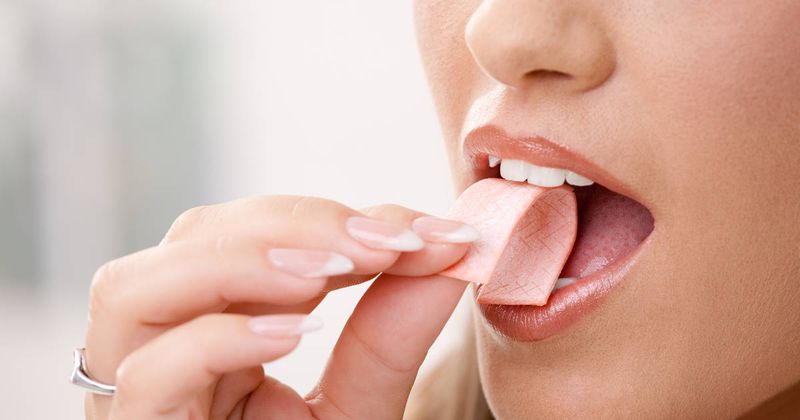
“Spit out that gum! If you swallow it, it’ll stay in your stomach for seven years!” This terrifying warning from my third-grade teacher sent me into a panic when I accidentally gulped down my Bubble Yum during dodgeball.
I imagined a growing collection of colorful gum wads forming a permanent museum inside my belly. Science says that’s nonsense.
While it’s true your body can’t digest gum’s synthetic components, it doesn’t set up residence in your digestive tract. Your digestive system politely escorts the gum through and out of your body within a few days, just like other indigestible materials. Excessive gum-swallowing can cause constipation in rare cases, but the seven-year myth is just plain sticky thinking.
6. Carrots For Eagle Eyes? A Wartime Propaganda Victory
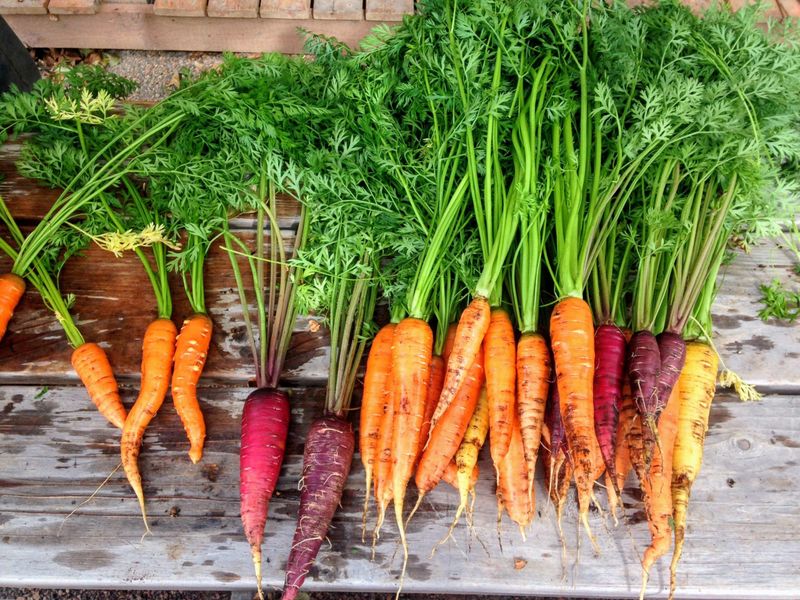
As a kid, I choked down extra carrots believing they’d give me superhero vision. My disappointment was immense when glasses became necessary anyway! The carrot-vision connection originated as clever World War II misinformation.
British officials spread rumors that their ace pilots ate loads of carrots, explaining their uncanny ability to spot enemy planes at night. The real secret? Advanced radar technology they wanted to keep under wraps!
Carrots do contain vitamin A (as beta-carotene), which supports general eye health and prevents night blindness in deficient individuals. However, extra carrots won’t transform average vision into eagle-eyed precision or replace proper corrective lenses. The vegetable’s reputation got seriously overhyped by military propaganda.
7. Ginger: Nature’s Anti-Nausea Superhero
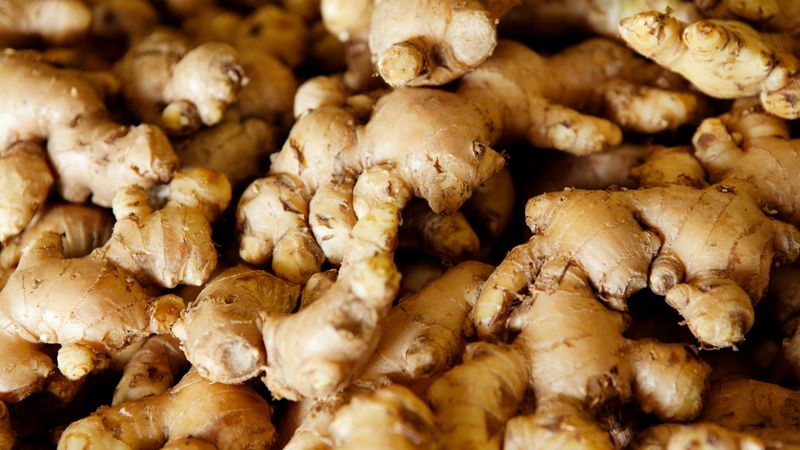
During my first pregnancy, morning sickness hit like a freight train until my Vietnamese neighbor brought over homemade ginger tea. The relief was so immediate I nearly wept! That spicy root has been my go-to ever since.
Ginger contains gingerols and shogaols that block certain neurotransmitters in our gut that trigger nausea. Studies show it works as effectively as some prescription medications for motion sickness, pregnancy-related queasiness, and even chemotherapy nausea.
You can take it as tea, capsules, candied pieces, or grated fresh into foods. Just 1-1.5 grams usually does the trick. Unlike many medications, it doesn’t cause drowsiness, making it perfect for daytime nausea relief when you need to stay alert.
8. Honey: The Cough Syrup That Actually Works

Last winter, I ditched the cherry-flavored cough medicine and tried my grandmother’s honey remedy instead. Holy moly, the difference was incredible! My hacking cough settled down without that zombie-like medication hangover.
Honey creates a protective coating in your throat, calming irritated tissues and suppressing cough reflexes. Its antimicrobial properties also fight certain bacteria that might be causing your misery.
Research published in JAMA Pediatrics found that honey outperformed dextromethorphan (the active ingredient in most OTC cough medicines) for nighttime cough relief in children. Just one tablespoon before bed does wonders! Important safety note: never give honey to babies under 12 months due to botulism risk.
9. Lavender: The Scent That Lulls Your Brain to Sleep

After my high-stress job left me staring at the ceiling night after night, I skeptically tried my aunt’s lavender sachet trick. Within a week, I was falling asleep faster than my teenager on Monday mornings!
Lavender contains linalool and linalyl acetate, compounds that interact with neurotransmitters to calm your central nervous system. Research shows inhaling lavender oil can lower heart rate, blood pressure, and skin temperature – physiological changes that prepare your body for sleep.
A 2014 study found that college students who inhaled lavender oil before bedtime reported 60% better sleep quality compared to a control group. For best results, try lavender essential oil in a diffuser, lavender-filled sachets near your pillow, or a few drops on your pillowcase.
10. Aloe Vera: Nature’s Burn Relief That Science Approves
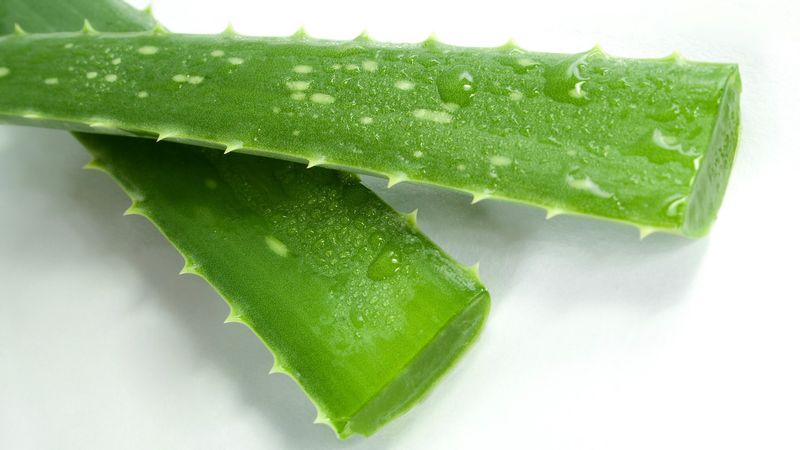
That summer I fell asleep by the pool and woke up looking like a boiled lobster taught me the magical powers of aloe vera. The cool gel from my mom’s kitchen plant instantly calmed the fiery agony of my sunburned shoulders.
Aloe contains compounds like acemannan that reduce inflammation and accelerate healing by increasing collagen production. Its high water content also rehydrates damaged skin cells.
Clinical studies confirm aloe’s effectiveness for first and second-degree burns, showing it reduces healing time by nearly 9 days compared to conventional treatments. For best results, use pure gel straight from the plant or commercial products containing at least 95% aloe. Keep it refrigerated for extra cooling relief!
11. Chicken Soup: Grandma’s Cold Cure Backed By Lab Coats
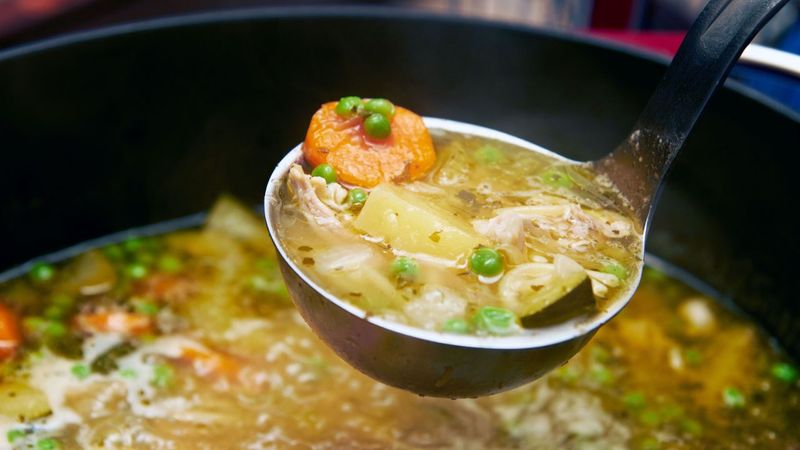
When the first sniffles hit last winter, I dragged myself to the kitchen and made my late grandmother’s chicken soup recipe. As the savory steam cleared my sinuses, I wondered if this was just comfort food nostalgia or something more.
Turns out Grandma was onto something scientifically sound! Researchers at the University of Nebraska found chicken soup inhibits neutrophil migration – essentially slowing down white blood cells that cause inflammation and congestion.
The hot liquid helps thin mucus, while the salt and nutrients support your immune system. Even the mild dehydration that comes with illness gets corrected. The combo of vegetables and chicken provides zinc, vitamin C, and protein that boost immune function. Grandma’s intuition: 1, Skepticism: 0.
12. Salt Water Gargle: Simple Sore Throat Science
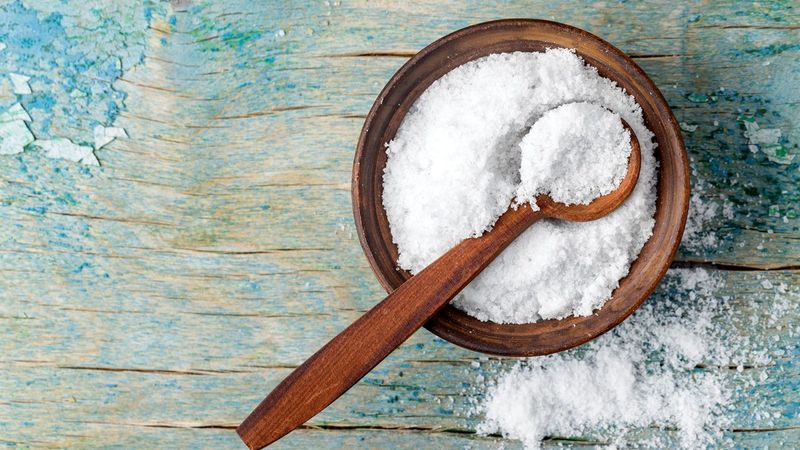
My high school drama teacher taught me to gargle with salt water before performances, swearing it would keep my voice strong. Years later, when strep throat struck during an important presentation, that simple remedy saved my voice and my sanity!
Salt water creates a temporarily inhospitable environment for bacteria while drawing fluid from inflamed tissues. This reduces swelling and breaks up mucus, providing quick relief from that horrible scratchy feeling.
The osmotic pressure change also helps flush out irritants and pathogens. Studies show gargling with a half-teaspoon of salt in warm water several times daily can reduce viral load in the throat and speed recovery from upper respiratory infections by up to two days. Simple, cheap, and proven effective!
